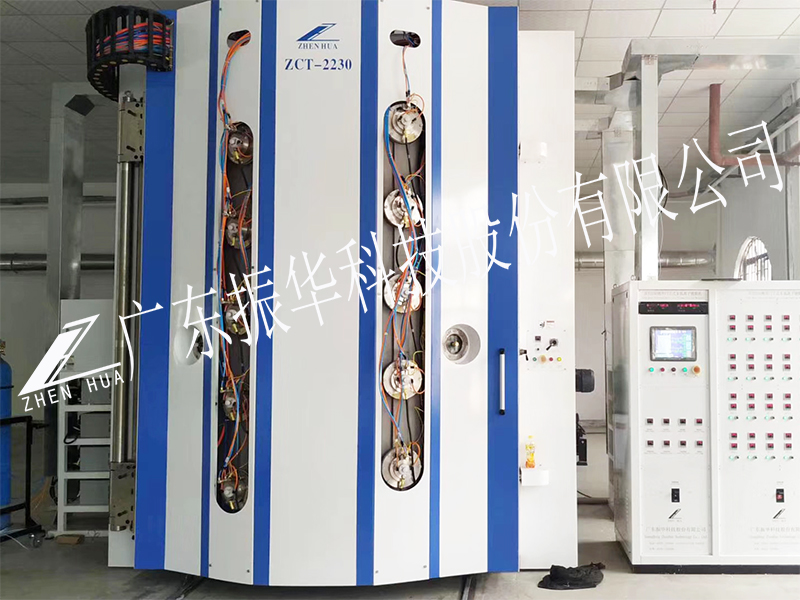Ion coating machine originated from the theory proposed by D.M. Mattox in the 1960s, and corresponding experiments began at that time; Until 1971, Chambers and others published the technology of electron beam ion plating; The reactive evaporation plating (ARE) technology was pointed out in the Bunshah report in 1972, when super-hard film types such as TiC and TiN were produced; Also in 1972, Smith and Molley adopted the hollow cathode technology in the coating process. By the 1980s, the ion plating in China had finally reached the level of industrial application, and the coating processes such as vacuum multi-arc ion plating and arc-discharge ion plating had appeared successively.
The whole working process of vacuum ion plating is as follows: first, pump the vacuum chamber, and then wait the vacuum pressure to 4X10 ⁻ ³ Pa or better, it is necessary to connect the high voltage power supply and build a low temperature plasma area of low voltage discharge gas between the substrate and the evaporator. Connect the substrate electrode with 5000V DC negative high voltage to form a glow discharge of the cathode. Inert gas ions are generated near the negative glow area. They enter the cathode dark area and are accelerated by the electric field and bombard the surface of the substrate. This is a cleaning process, and then enter the coating process. Through the effect of bombardment heating, some plating materials are vaporized. The plasma area enters the protons, collides with electrons and inert gas ions, and a small part of them are ionized, These ionized ions with high energy will bombard the film surface and improve the film quality to some extent.
The principle of vacuum ion plating is: in the vacuum chamber, using the gas discharge phenomenon or the ionized part of the vaporized material, under the bombardment of the vaporized material ions or gas ions, simultaneously deposit these vaporized substances or their reactants on the substrate to obtain a thin film. The ion coating machine combines vacuum evaporation, plasma technology and gas glow discharge, which not only improves the film quality, but also expands the application range of the film. The advantages of this process are strong diffraction, good film adhesion, and various coating materials. The principle of ion plating was first proposed by D.M. Mattox. There are many kinds of ion plating. The most common type is evaporation heating, including resistance heating, electron beam heating, plasma electron beam heating, high-frequency induction heating and other heating methods.
Post time: Feb-14-2023


